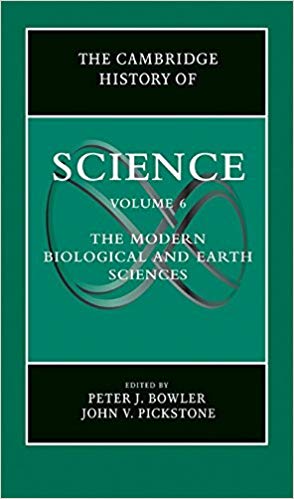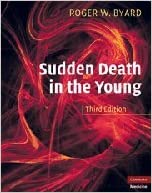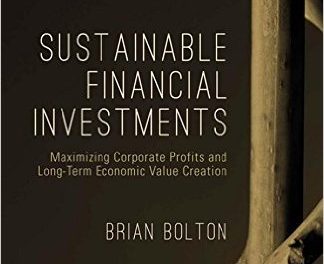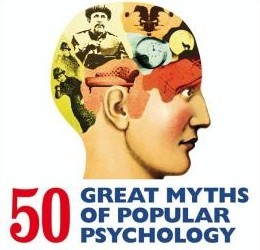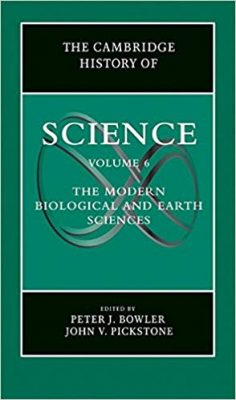 Editors: Peter J. Bowler and John V. Pickstone
Editors: Peter J. Bowler and John V. Pickstone
Publisher: Cambridge University Press – 662 pages
Book Review by: Sonu Chandiram
This book on the history of science – Volume 6 of a set of eight volumes – is focused on the biological and earth sciences since the year 1800. It provides you, among other knowledge, comprehensive and authoritative surveys of historical research, thinking, and work on:
- Major developments in the biological and earth sciences
- Cultural and social milieus in which the knowledge was generated
- Wider impact of the major theoretical and practical implications
- Emergence of newer disciplines such as biochemistry, genetics, and geophysics in addition to the traditional sciences
- Interaction of scientific techniques with their practical applications in areas such as medicine
- Coverage of controversial areas such as environmentalism, religion, and science
Thirty-six specialists in various biological and physical sciences from 10 countries around the world – Australia, Canada, Denmark, France, Holland, Ireland, Italy, South Africa, the United Kingdom, and the United States – authored the 33 chapters of this Volume 6 of the Cambridge History of Science since 1800.
To provide you a broad overview of what you will find covered in this book, we list its chapter titles below:
- Introduction
- Part I – Workers and Places
- Amateurs and Professionals
- Discovery and Exploration
- Museums
- Field Stations and Surveys
- Universities
- Geological Industries
- The Pharmaceutical Industries
- Public and Environmental Health
- II. Part II – Analysis and Experimentation
- Geology
- Paleontology
- Zoology
- Botany
- Evolution
- Anatomy, Histology, and Cytology
- Embryology
- Microbiology
- Physiology
- Pathology
- Part III – New Objects and Ideas
- Plate Tectonics
- Geophysics and Geochemistry
- Mathematical Models
- Genes
- Ecosystems
- Immunology
- Cancer
- The Brain and the Behavioral Sciences
- History of Biotechnology
- Religion and Science
- Biology and Human Nature
- Experimentation and Ethics
- Environmentalism
- Popular Science
Acknowledged experts worldwide in the various sciences and their histories were chosen by the editors and others, to contribute to this work. The list of sciences – and the topics within, chosen for review – may not comprehensive. The editors write that the list is hopefully representative of the large range of sciences that fall within the ‘biological’ and ‘earth’ categories.
This volume nevertheless is one of the most comprehensive reviews of its kind available currently on the market. It is for scientists, researchers, students, historians, and anyone interested in the subject.
Editors:
Peter J. Bowler is Professor of the History of Science at the University of Belfast in Northern Ireland. He was president of the British Society for the History of Science from 2004 to 2006. He is a member of the Royal Irish Academy and American Association for the Advancement of Science. He is the author of numerous books, including Charles Darwin: The Man and His Influence, published by Cambridge in 1996.
John V. Pickstone is Wellcome Research Professor at Manchester University in the United Kingdom, where he founded the Center for the History of Science, Technology, and Medicine and directed it until 2002. He has published numerous book and articles, including New Ways of Knowing: A New History of Science, Technology and Medicine (2000) and Surgeons, Manufacturers and Patients: A Transatlantic History of Total Hip Replacement (2007), coauthored with Julie Anderson and Francis Neary.

